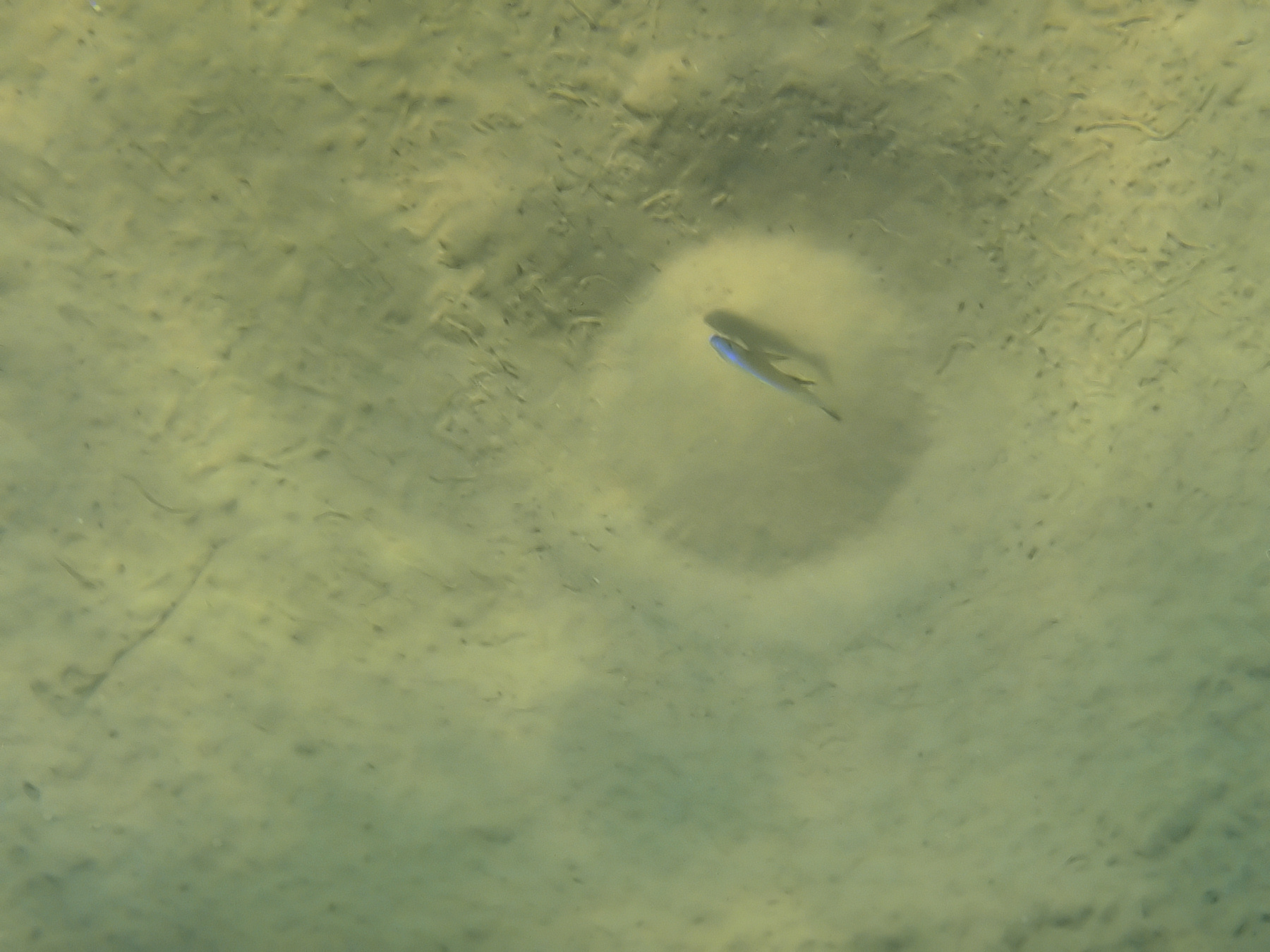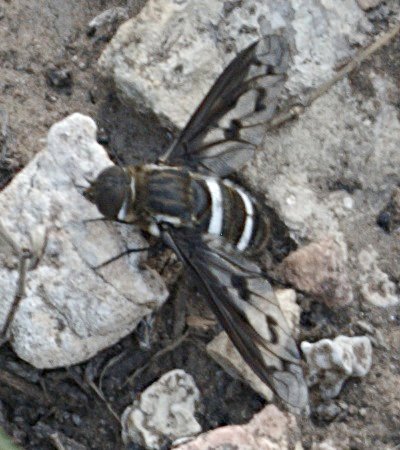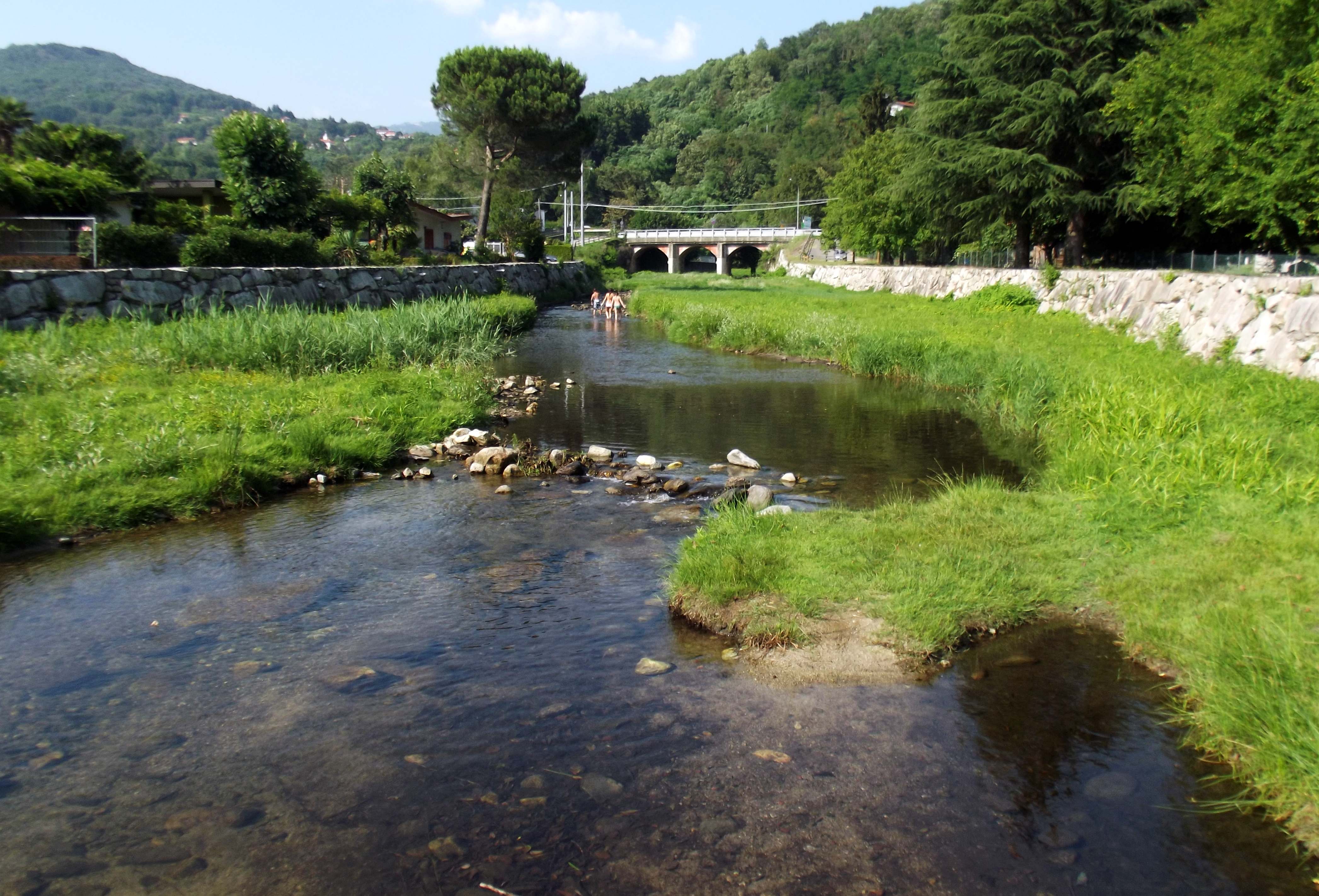|
Kagera River
The Kagera River, also known as Akagera River, or Alexandra Nile, is an East African river, forming part of the upper headwaters of the Nile and carrying water from its most distant source.Stanley, H.M., 1899, Through the Dark Continent, London: G. Newnes, With a total length of from its source located in Lake Rweru in Rwanda. The section of river named Kagera begins in Burundi, flowing out from Lake Rweru. From the lake, it flows east along the Rwanda-Burundi and Rwanda-Tanzania borders to a confluence with the Ruvubu River. The waters of the Kagera are thus provided by two major tributaries, the Nyabarongo of Rwanda, which feeds Lake Rweru, and the Ruvubu of Burundi. It is unknown which of these two feeder rivers is the longer and hence the ultimate source of the Nile. From the confluence, the Kagera flows north along the Rwanda-Tanzania border, over Rusumo Falls and through Akagera National Park. It then takes a turn to the east, following the Tanzania-Uganda border and empty ... [...More Info...] [...Related Items...] OR: [Wikipedia] [Google] [Baidu] |
Ruvubu River
The Ruvubu River (also spelt Rurubu and Ruvuvu) is a river in central Africa whose waters gather from the most distant, southern portion of the Nile Drainage basin, basin. With a total length of and has a drainage basin of . It rises in the north of Burundi, near the town of Kayanza and then does a southward arc through Burundi, being joined by the Ruvyironza River near Gitega. From there it runs northeast, through the Ruvubu National Park, up to the Tanzanian border. After a stretch along the border, the Ruvubu crosses properly into Tanzania, before joining the Nyabarongo River on the Tanzania–Rwanda border near Rusumo Falls, to form the Kagera River. The Ruvubu gets its name from the Kirundi word for hippopatamus, imvubu, because the river is home to a large population of hippos. References Rivers of Burundi Rivers of Tanzania Kagera River International rivers of Africa Burundi–Tanzania border Border rivers {{Tanzania-river-stub ... [...More Info...] [...Related Items...] OR: [Wikipedia] [Google] [Baidu] |
Akagera National Park
Akagera National Park is a protected area in eastern Rwanda covering along the international border with Tanzania. It was founded in 1934 and includes savannah, montane and swamp habitats. The park is named for the Kagera River which flows along its eastern boundary feeding into Lake Ihema and several smaller lakes. The complex system of lakes and linking papyrus swamps makes up over a third of the park, which is the largest protected wetland in Eastern-Central Africa. History Akagera National Park was founded in 1934 by the Belgian government, which at the time occupied Rwanda. The park was large and was known for its biodiversity. Akagera used to have a large population of African wild dogs. At one point, it was known as the 'Parc aux Lycaons' and wild dogs were so abundant, that the Belgian government considered them a pest. However, a disease epidemic diminished the population and the last wild dogs were seen in 1984.Vande weghe, Jean Pierre: ''Akagera: Land of water, gr ... [...More Info...] [...Related Items...] OR: [Wikipedia] [Google] [Baidu] |
Tutsi
The Tutsi (), or Abatutsi (), are an ethnic group of the African Great Lakes region. They are a Bantu-speaking ethnic group and the second largest of three main ethnic groups in Rwanda and Burundi (the other two being the largest Bantu ethnic group Hutu and the Pygmy group of the Twa). Historically, the Tutsi were pastoralists and filled the ranks of the warriors' caste. Before 1962, they regulated and controlled Rwandan society, which was composed of Tutsi aristocracy and Hutu commoners, utilizing a clientship structure. They occupied the dominant positions in the sharply stratified society and constituted the ruling class. Origins and classification The definition of "Tutsi" people have changed through time and location. Social structures were not stable throughout Rwanda, even during colonial times under the Belgian rule. The Tutsi aristocracy or elite was distinguished from Tutsi commoners. When the Belgian colonists conducted censuses, they wanted to identify the people t ... [...More Info...] [...Related Items...] OR: [Wikipedia] [Google] [Baidu] |
Endemism
Endemism is the state of a species being found in a single defined geographic location, such as an island, state, nation, country or other defined zone; organisms that are indigenous to a place are not endemic to it if they are also found elsewhere. For example, the Cape sugarbird is found exclusively in southwestern South Africa and is therefore said to be ''endemic'' to that particular part of the world. An endemic species can be also be referred to as an ''endemism'' or in scientific literature as an ''endemite''. For example '' Cytisus aeolicus'' is an endemite of the Italian flora. '' Adzharia renschi'' was once believed to be an endemite of the Caucasus, but it was later discovered to be a non-indigenous species from South America belonging to a different genus. The extreme opposite of an endemic species is one with a cosmopolitan distribution, having a global or widespread range. A rare alternative term for a species that is endemic is "precinctive", which applies to ... [...More Info...] [...Related Items...] OR: [Wikipedia] [Google] [Baidu] |
Haplochromine
__NOTOC__ The haplochromine cichlids are a tribe of cichlids in subfamily Pseudocrenilabrinae called Haplochromini. This group includes the type genus (''Haplochromis'') plus a number of closely related genera such as '' Aulonocara'', '' Astatotilapia'', and '' Chilotilapia''. They are endemic to eastern, southern and northern Africa, except for ''Astatotilapia flaviijosephi'' in the ''Middle East''. A common name in a scientific context is East African cichlids – while they are not restricted to that region, they are the dominant Cichlidae there. This tribe was extensively studied by Ethelwynn Trewavas, who made major reviews in 1935 and 1989, at the beginning and at the end of her career in ichthyology. Even today, numerous new species are being described each year. The haplochromines were in older times treated as subfamily Haplochrominae, However, the great African radiation of pseudocrenilabrine cichlids is certainly not monophyletic without them, and thus they are t ... [...More Info...] [...Related Items...] OR: [Wikipedia] [Google] [Baidu] |
Undescribed Species
In taxonomy, an undescribed taxon is a taxon (for example, a species) that has been discovered, but not yet formally described and named. The various Nomenclature Codes specify the requirements for a new taxon to be validly described and named. Until such a description has been published, the taxon has no formal or official name, although a temporary, informal name is often used. A published scientific name may not fulfil the requirements of the Codes for various reasons. For example, if the taxon was not adequately described, its name is called a '' nomen nudum''. It is possible for a taxon to be "undescribed" for an extensive period of time, even if unofficial descriptions are published. An undescribed species may be referred to with the genus name, followed by "sp"., but this abbreviation is also used to label specimens or images that are too incomplete to be identified at the species level. In some cases, there is more than one undescribed species in a genus. In this case, ... [...More Info...] [...Related Items...] OR: [Wikipedia] [Google] [Baidu] |
Rusumo, Rwanda
Rusumo, is a town in Kirehe District in the Eastern Province of Rwanda. Location Rusumo is located in the southern part of Eastern Province, at the international border with Tanzania, approximately , southeast of Rwamagana, the location of the provincial headquarters. This is approximately , by road, southeast of Kigali, the capital and largest city in Rwanda. The coordinates of the town are:2°22'50.0"S, 30°46'38.0"E (Latitude:-2.380553; Longitude:30.777210). Overview Rusumo is a border town, sitting at the border with neighboring Tanzania. In January 2015, the completed one-stop border post was opened to the public. Customs and immigration officials from both countries clear travelers once, in the country they are exiting. This cuts down on time spent at the border and allows from more travelers to be processed, with less hassle. The border post was officially jointly commissioned by the presidents of both countries on Wednesday, 6 April 2016. Rusumo lies immediately west of ... [...More Info...] [...Related Items...] OR: [Wikipedia] [Google] [Baidu] |
Rurubu River
The Ruvubu River (also spelt Rurubu and Ruvuvu) is a river in central Africa whose waters gather from the most distant, southern portion of the Nile basin. With a total length of and has a drainage basin of . It rises in the north of Burundi, near the town of Kayanza and then does a southward arc through Burundi, being joined by the Ruvyironza River near Gitega. From there it runs northeast, through the Ruvubu National Park, up to the Tanzanian border. After a stretch along the border, the Ruvubu crosses properly into Tanzania, before joining the Nyabarongo River on the Tanzania–Rwanda border near Rusumo Falls, to form the Kagera River. The Ruvubu gets its name from the Kirundi word for hippopatamus The hippopotamus ( ; : hippopotamuses or hippopotami; ''Hippopotamus amphibius''), also called the hippo, common hippopotamus, or river hippopotamus, is a large semiaquatic mammal native to sub-Saharan Africa. It is one of only two extan ..., imvubu, because the river i ... [...More Info...] [...Related Items...] OR: [Wikipedia] [Google] [Baidu] |
Discharge (hydrology)
In hydrology, discharge is the volumetric flow rate of water that is transported through a given cross-sectional area. It includes any suspended solids (e.g. sediment), dissolved chemicals (e.g. CaCO3(aq)), or biologic material (e.g. diatoms) in addition to the water itself. Terms may vary between disciplines. For example, a fluvial hydrologist studying natural river systems may define discharge as streamflow, whereas an engineer operating a reservoir system may equate it with outflow, contrasted with inflow. Theory and calculation A discharge is a measure of the quantity of any fluid flow over unit time. The quantity may be either volume or mass. Thus the water discharge of a tap (faucet) can be measured with a measuring jug and a stopwatch. Here the discharge might be 1 litre per 15 seconds, equivalent to 67 ml/second or 4 litres/minute. This is an average measure. For measuring the discharge of a river we need a different method and the most common is the 'area-velocity' method. ... [...More Info...] [...Related Items...] OR: [Wikipedia] [Google] [Baidu] |
Inflow (hydrology)
Inflow may refer to: * Inflow (hydrology), the water entering a body of water * Inflow (meteorology), the influx of warmth and moisture from air into storm systems * Capital inflows, in macroeconomics and international finance * Infiltration/Inflow Infiltration/Inflow (I/I) causes dilution in sanitary sewers. Dilution of sewage decreases the efficiency of treatment, and may cause sewage volumes to exceed design capacity. Although inflow is technically different from infiltration, it may be d ..., in sanitary sewers See also * * Outflow (other) {{disambig ... [...More Info...] [...Related Items...] OR: [Wikipedia] [Google] [Baidu] |
Informal Cross-border Trade
Formal, formality, informal or informality imply the complying with, or not complying with, some set of requirements (forms, in Ancient Greek). They may refer to: Dress code and events * Formal wear, attire for formal events * Semi-formal attire, attire for semi-formal events * Informal attire, more controlled attire than casual but less than formal * Formal (university), official university dinner, ball or other event * School formal, official school dinner, ball or other event Logic and mathematics *Formal logic, or mathematical logic ** Informal logic, the complement, whose definition and scope is contentious *Formal fallacy, reasoning of invalid structure ** Informal fallacy, the complement *Informal mathematics, also called naïve mathematics *Formal cause, Aristotle's intrinsic, determining cause *Formal power series, a generalization of power series without requiring convergence, used in combinatorics *Formal calculation, a calculation which is systematic, but without a r ... [...More Info...] [...Related Items...] OR: [Wikipedia] [Google] [Baidu] |
Rwandan Genocide
The Rwandan genocide occurred between 7 April and 15 July 1994 during the Rwandan Civil War. During this period of around 100 days, members of the Tutsi minority ethnic group, as well as some moderate Hutu and Twa, were killed by armed Hutu militias. The most widely accepted scholarly estimates are around 500,000 to 662,000 Tutsi deaths. In 1990, the Rwandan Patriotic Front (RPF), a rebel group composed mostly of Tutsi refugees, invaded northern Rwanda from their base in Uganda, initiating the Rwandan Civil War. Over the course of the next three years, neither side was able to gain a decisive advantage. In an effort to bring the war to a peaceful end, the Rwandan government led by Hutu president, Juvénal Habyarimana signed the Arusha Accords (Rwanda), Arusha Accords with the RPF on 4 August 1993. The catalyst became assassination of Juvénal Habyarimana and Cyprien Ntaryamira, Habyarimana's assassination on 6 April 1994, creating a power vacuum and ending peace accords. Gen ... [...More Info...] [...Related Items...] OR: [Wikipedia] [Google] [Baidu] |

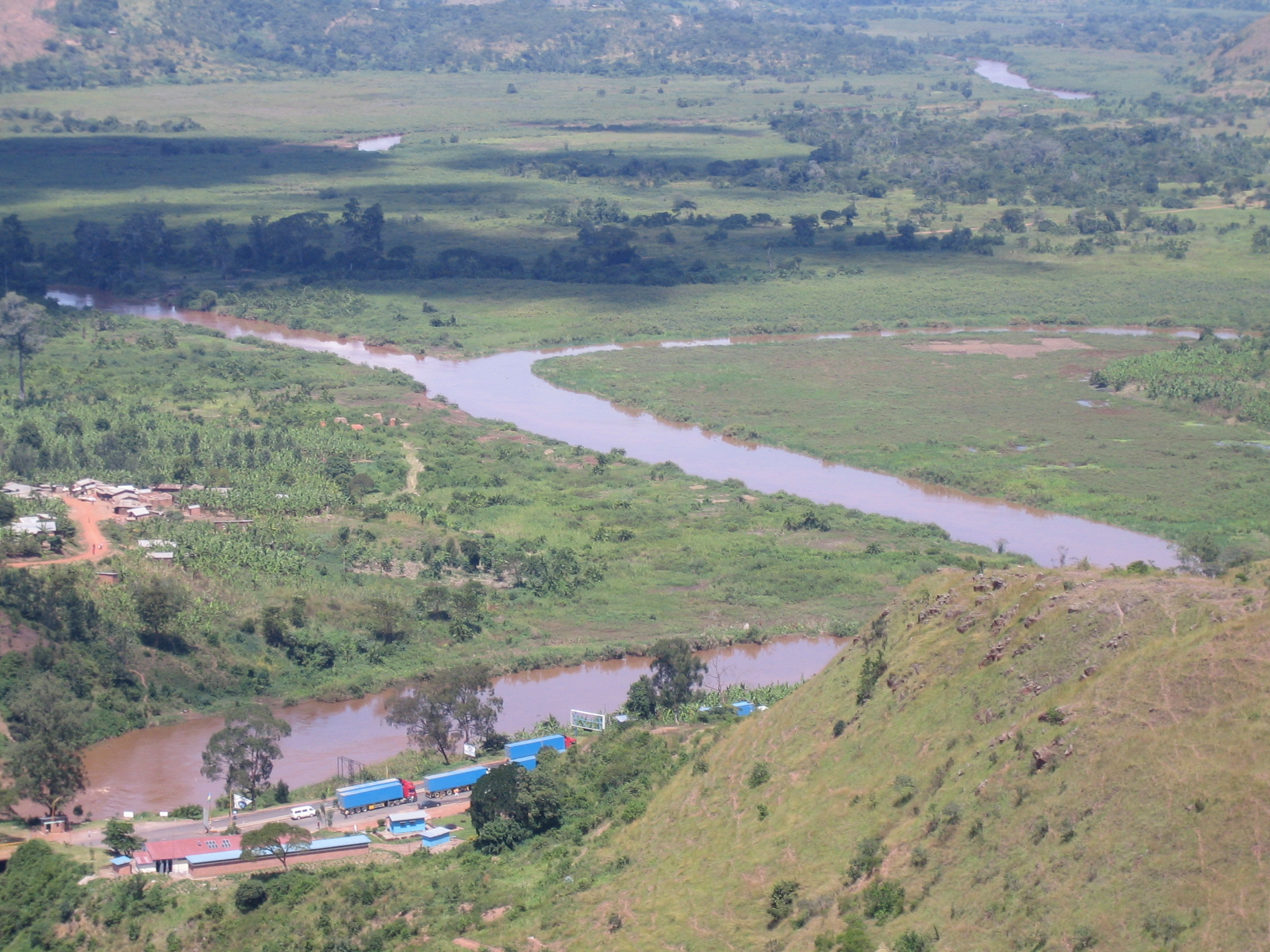
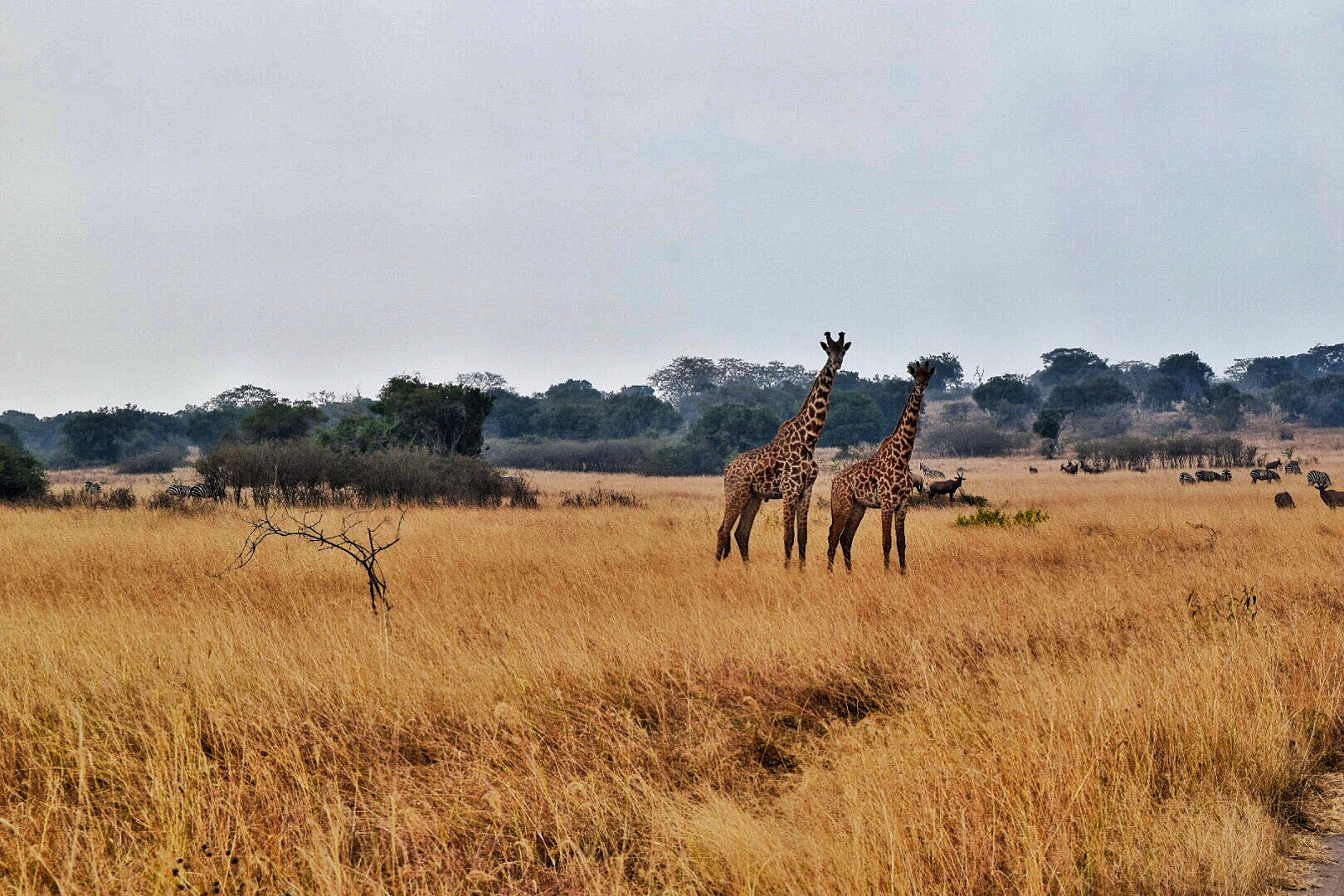
.jpg)
